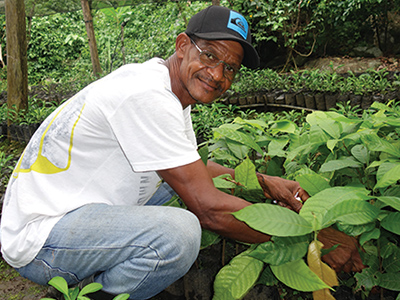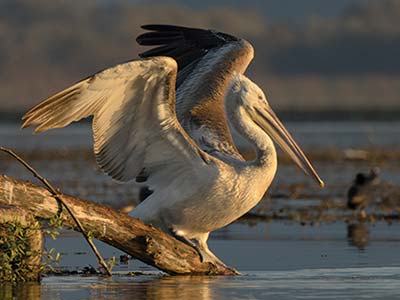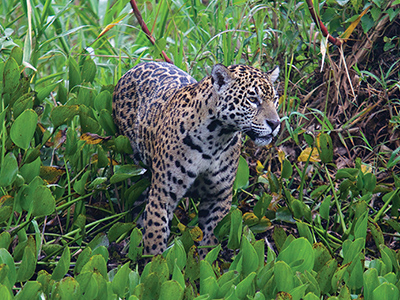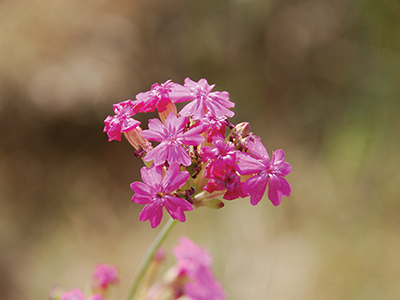New granting for Tropical Andes begins
The new CEPF investment in the Tropical Andes Biodiversity Hotspot will provide US$10 million in grants over five years, building on the results achieved and lessons learned from CEPF’s previous investments in this hotspot from 2001 to 2006 and from 2009 to 2013. Bolivian organization Foundation for the Development of the National System of Protected Areas (FUNDESNAP) was selected through a competitive process to lead the regional implementation team (RIT) that contributes to the execution of the conservation strategy in the hotspot.







